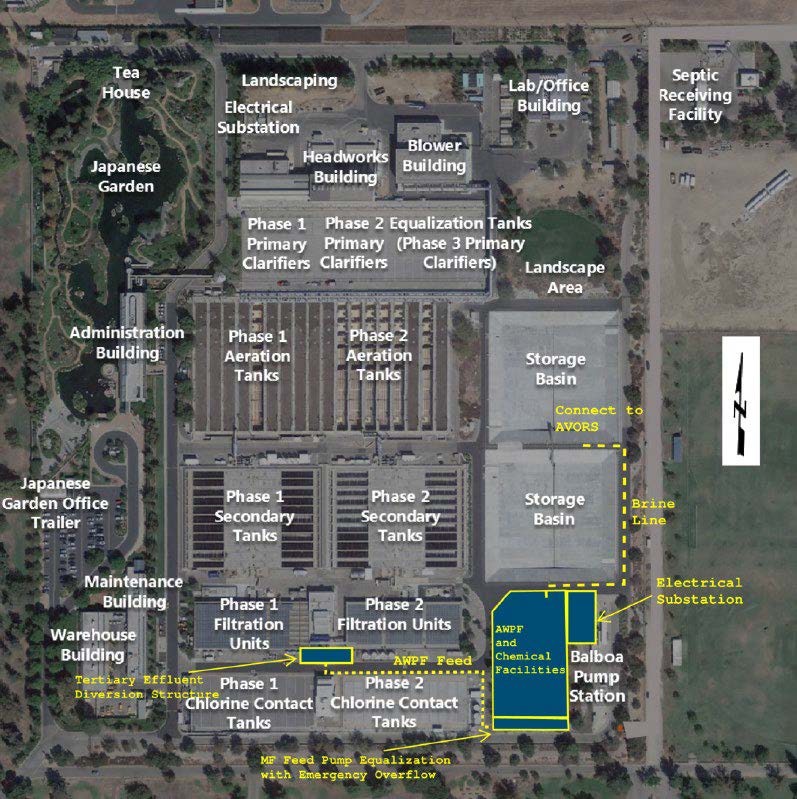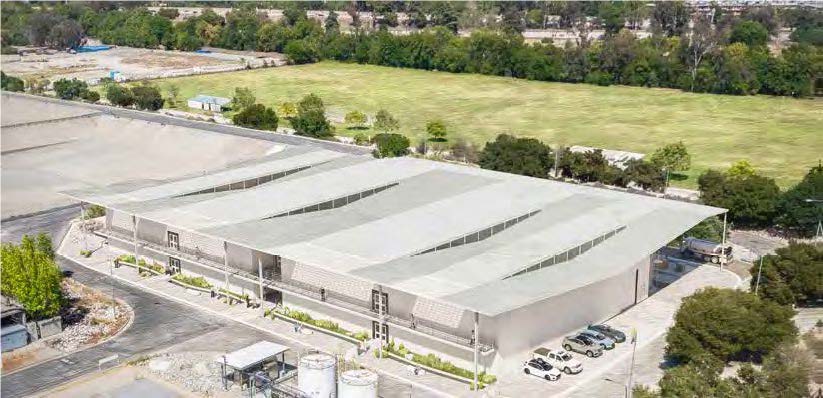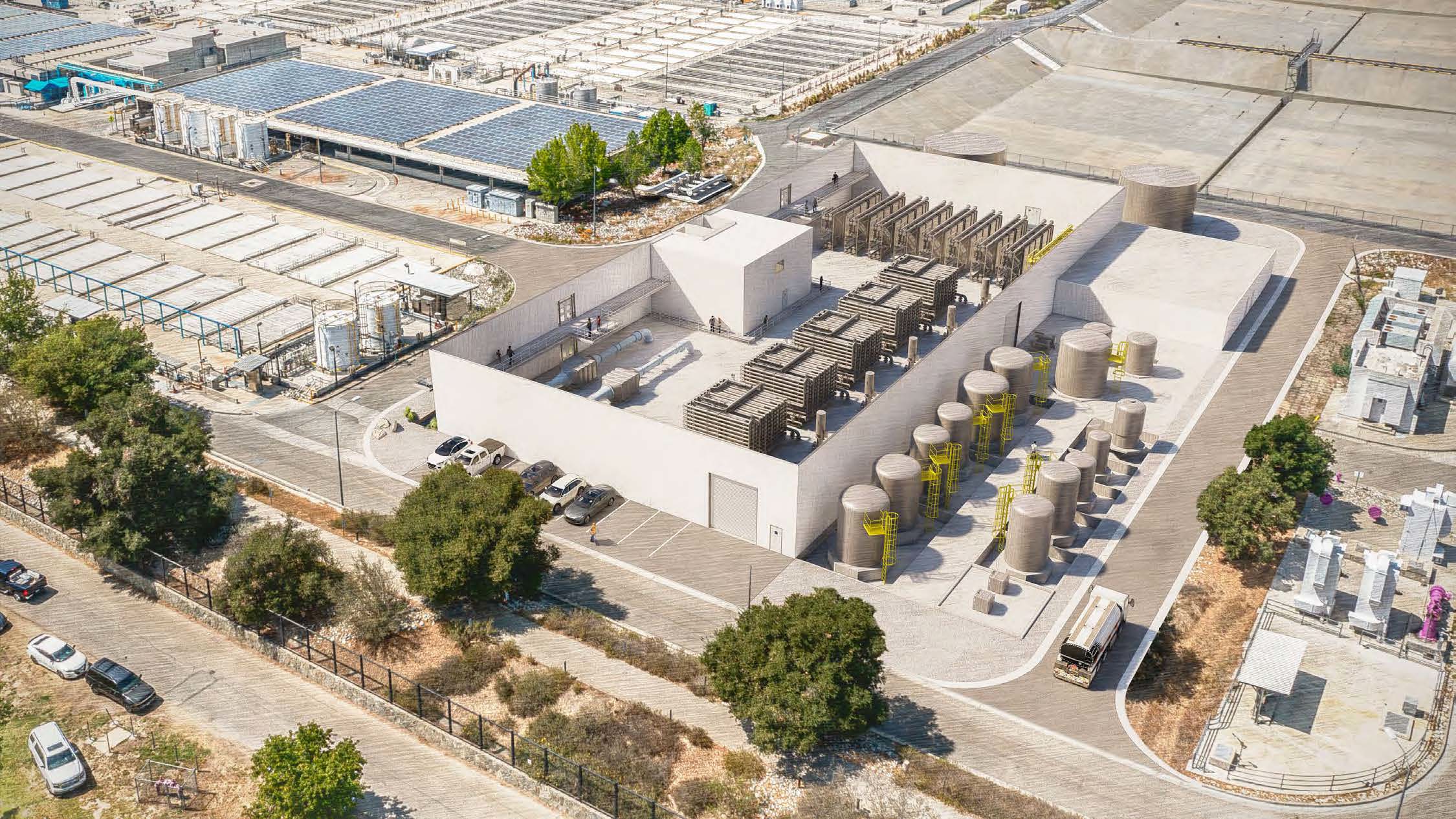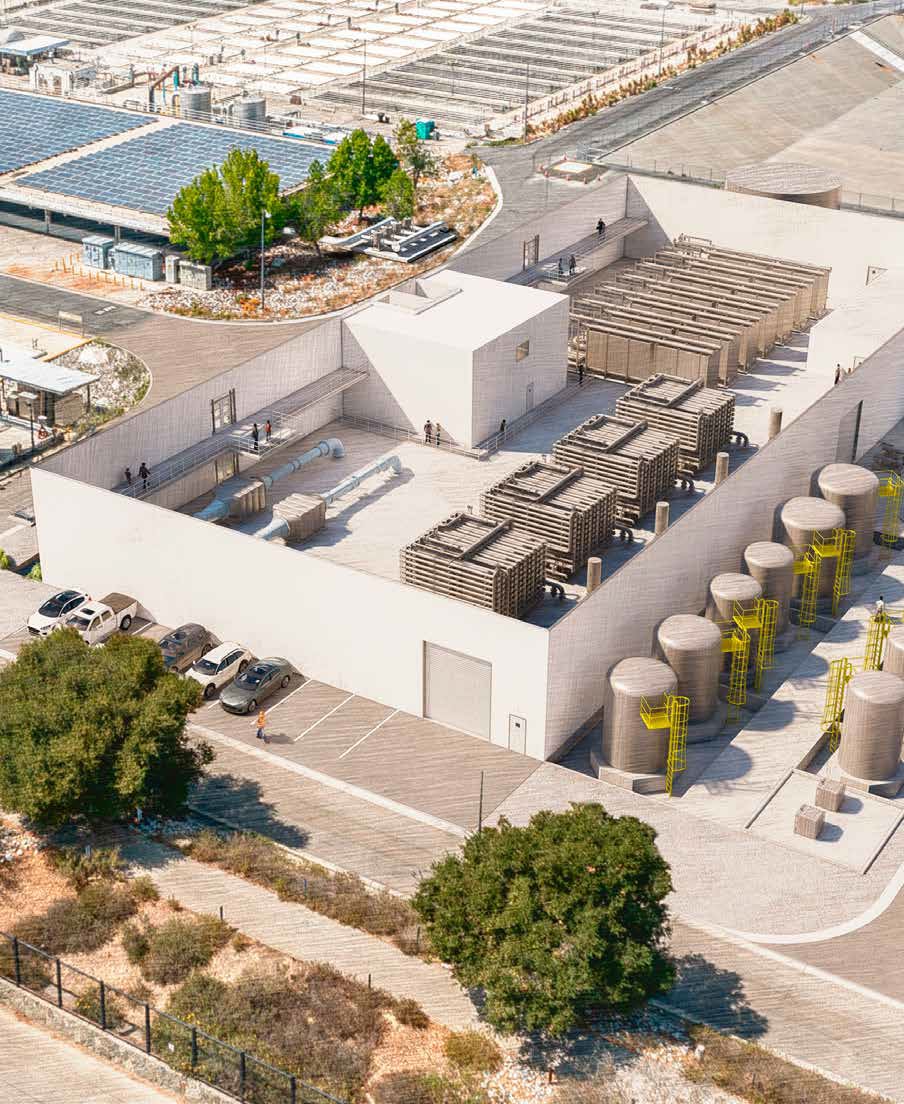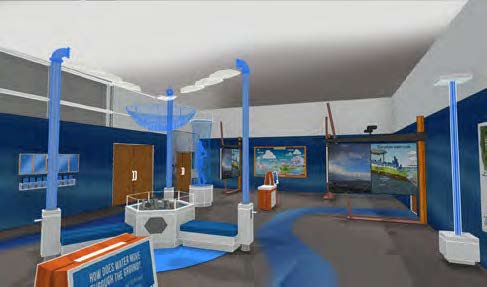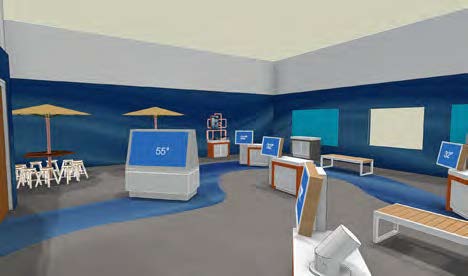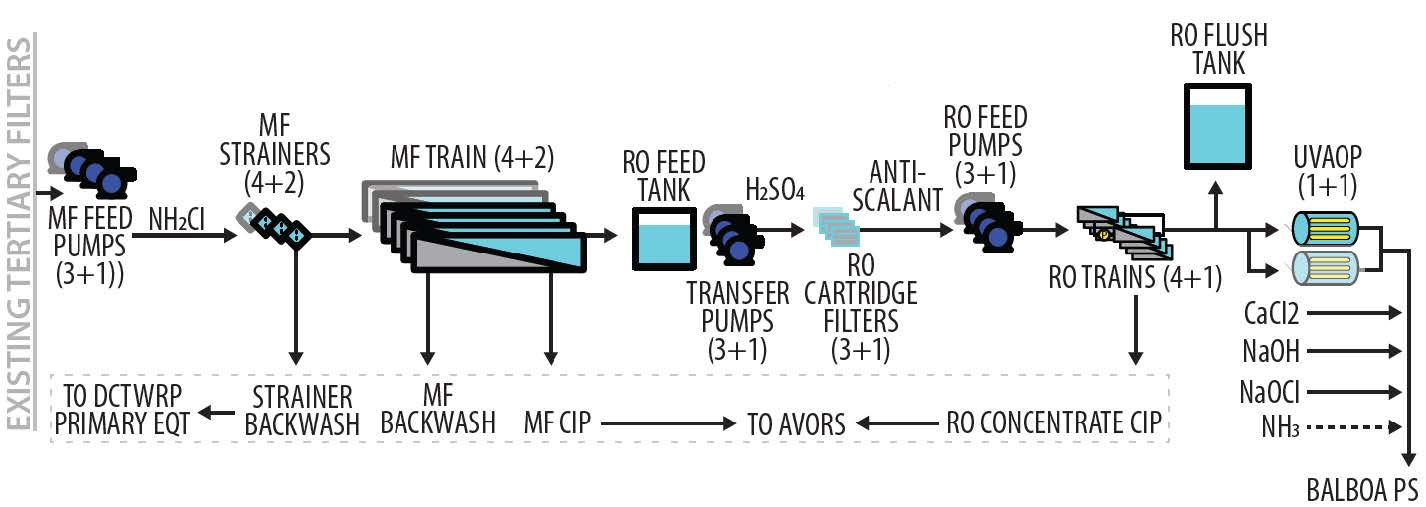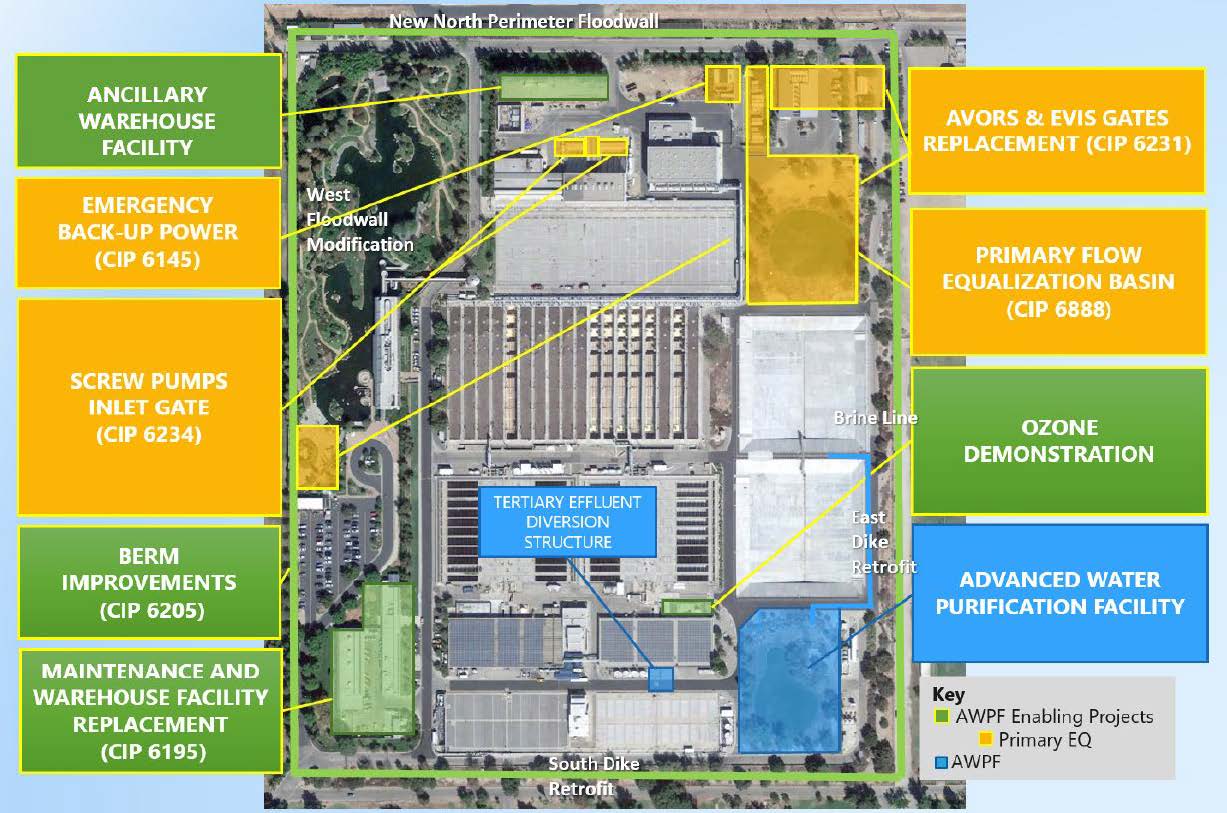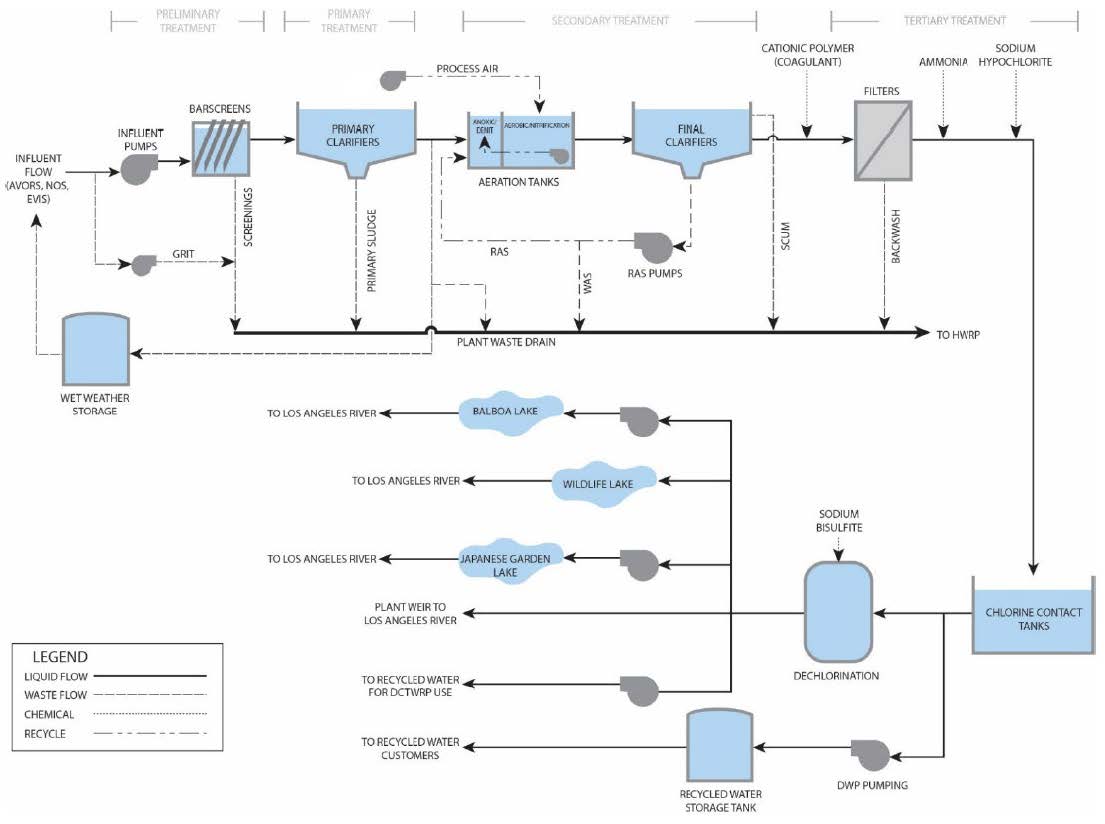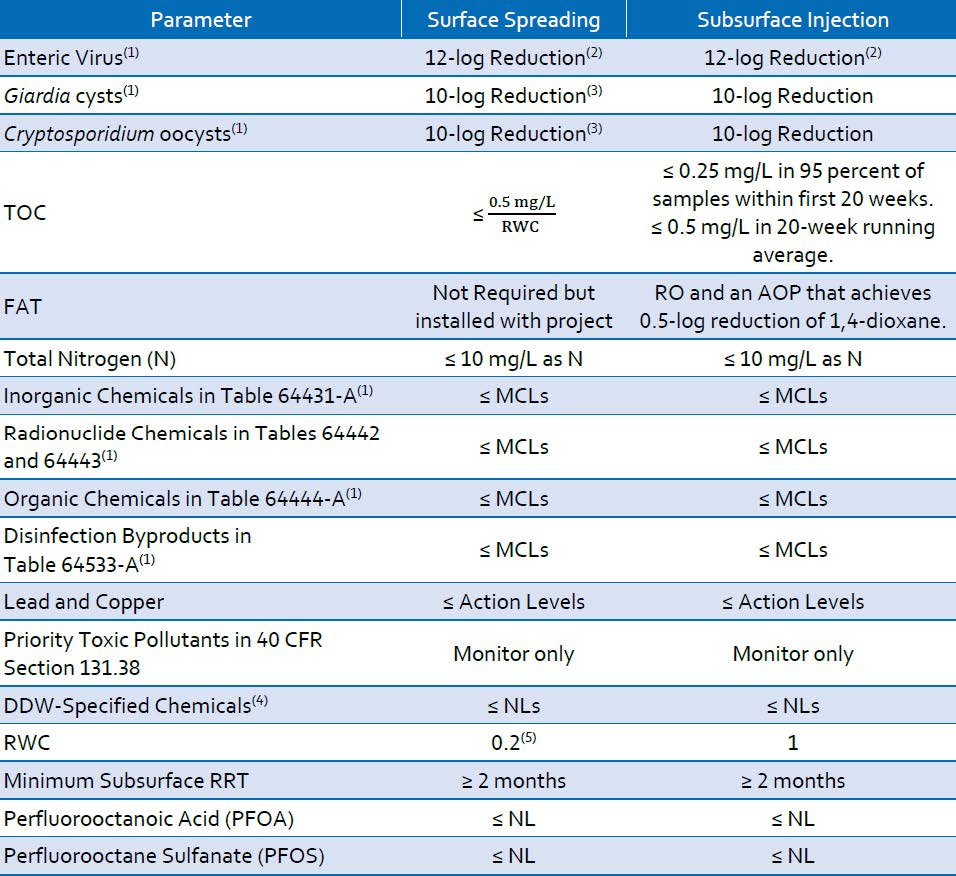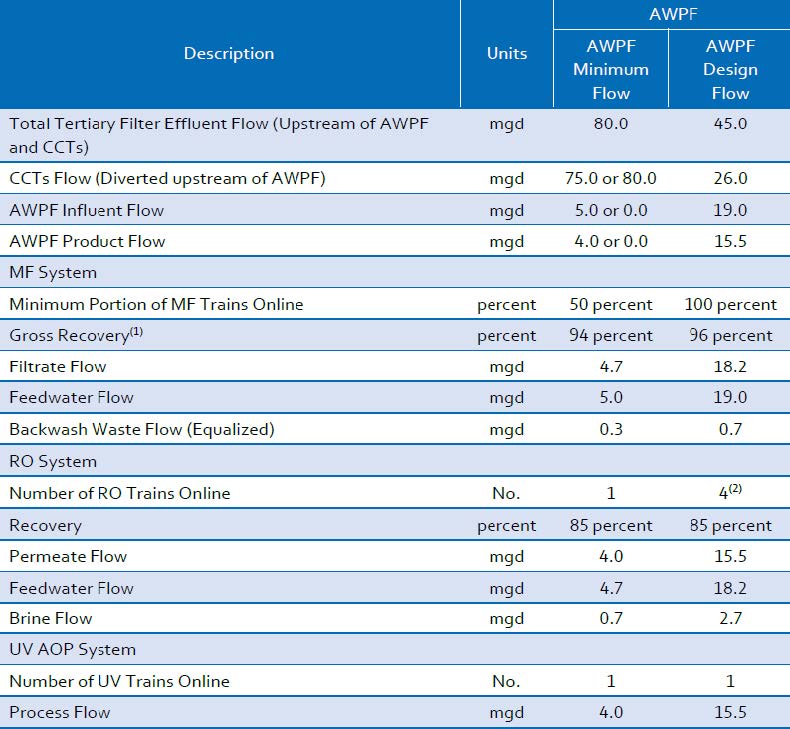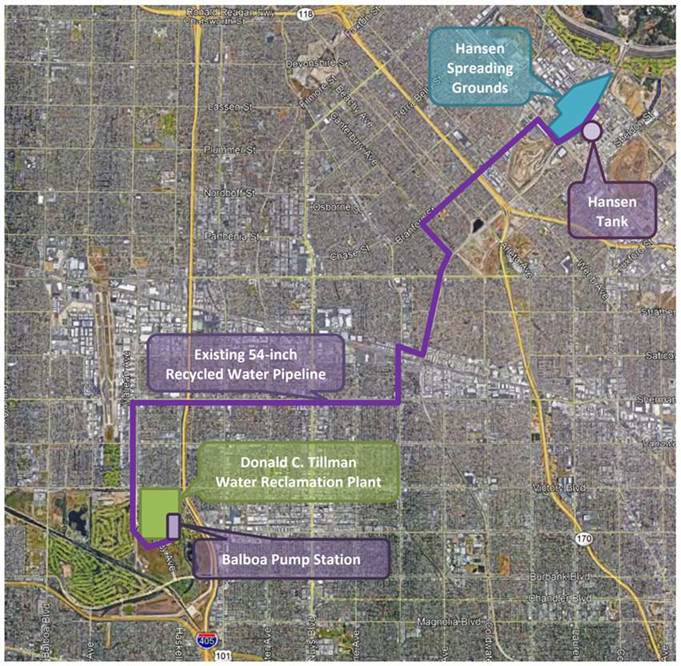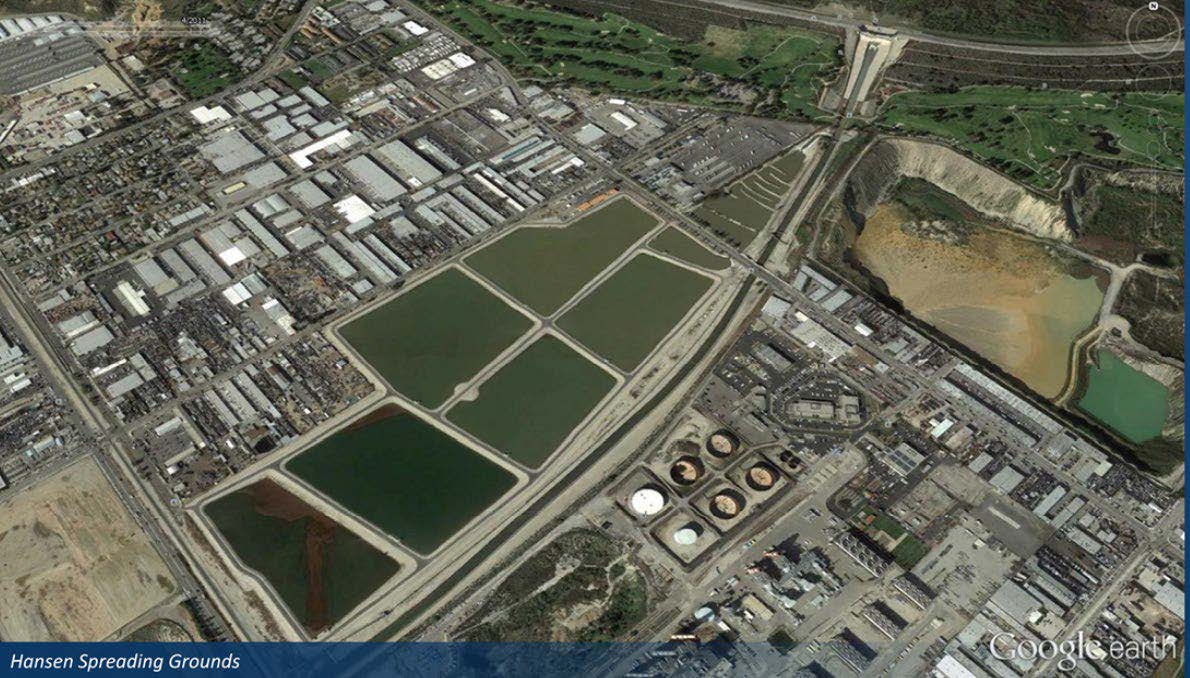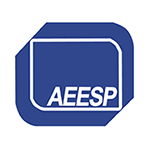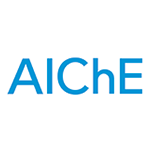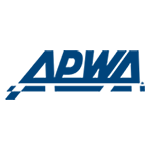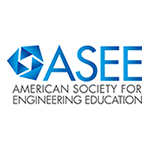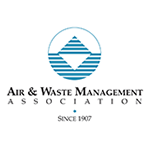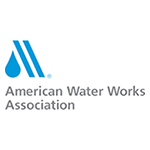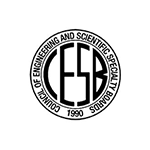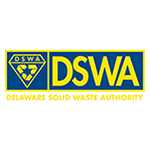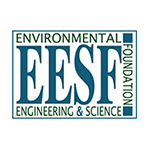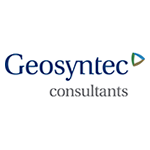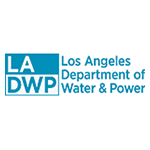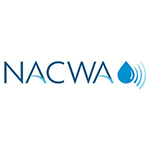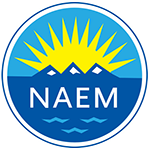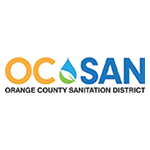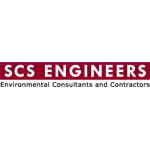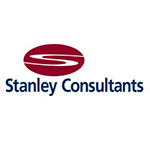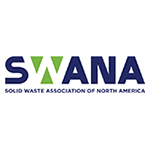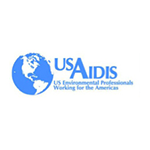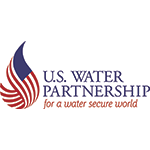- Home
- Contact Us
- News & Events
- Awards
- AAEES Awards Criteria
- 40 Under 40 Recognition Program
- Edward J.Cleary Award
- Excellence in Environmental Engineering and Science Education
- Gordon Maskew Fair Award
- Honorary Member
- International Honorary Member
- Ralph and Joe Bales Graber Science Award
- Stanley E. Kappe Award
- Environmental Communications Awards Competition
- Excellence in Environmental Engineering and Science Competition
- The AAEES Chapter Blue Marble Award
- Resources
- AAEES Microcredentials
- Annual Reports
- AAEES Press Releases
- AAEES Website How To VIdeos
- Environmental Engineer and Scientist
- Environmental Engineering Body of Knowledge
- PFAS Resources
- Specialty Examination Guide
- Students and Young Professionals Resources
- Who's Who in Environmental Engineering & Science®
- Leadership Opportunities
- Membership
- Donate
- Jobs
2023 Excellence in Environmental Engineering and Science® Awards Competition WinnerGrand Prize - Planning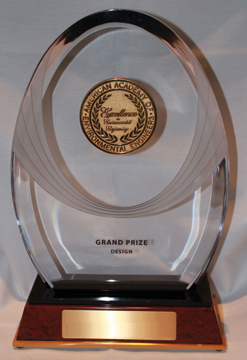
Los Angeles Groundwater Replenishment ProjectEntrant: Los Angeles Department of Water and Power and Los Angeles Sanitation and Environment Entrant Profile 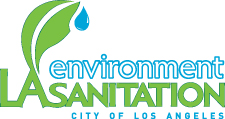 The Los Angeles Department of Water and Power (LADWP), the largest municipal water and power utility in the nation, serves water and electricity to nearly 4 million residents and businesses in Los Angeles (LA). LADWP is the primary sponsor of the LA Groundwater Replenishment Project. Historically, LA’s water supply comes from several sources: local groundwater and imported water from the Los Angeles Aqueduct, State Water Project, and Colorado River Aqueduct. These supplies have been significantly impacted by environmental factors, climate change, and increasingly frequent droughts. LADWP is proactively addressing these challenges by pursuing the goals of Los Angeles’ Sustainable City pLAn (pLAn); aggressively expanding water conservation, stormwater, and recycled water supplies. The development of these drought-resilient, local supplies will help achieve the pLAn’s ambitious water supply goals of:
With the primary source of local water supply being groundwater and the primary source of local groundwater being the from the San Fernando Basin (SFB), this project focuses on increasing the supply of water replenishing the SFB. Expanding local water sources to 70% of total supply by 2035 requires major planning and investments in recycled water treatment infrastructure. The LA GWR Project represents a significant step towards environmental sustainability for the largest municipal water utility in the nation. Project DescriptionComprehensive, Integrated Approach and Complexity of the ProblemThe City of Los Angeles (City) depends on several imported water supplies, and these supplies have been significantly impacted by climate change, environmental obligations, and drought. Continually depending on water from the drought-stricken watersheds of the Colorado, Owens Valley, and Sacramento rivers has adverse environmental impacts and dangerous implications for the reliability of the City’s future water supply. The Los Angeles Groundwater Replenishment (LAGWR) Project offers a way to mitigate the complex problems and creates a new reliable local water supply. Storing purified recycled water for future potable use will significantly support the reliability and environmental sustainability of the City’s water system, especially during dry periods when imported supplies are depleted. Imported water supplies cannot be expanded without environmental impacts and are susceptible to climate shocks that negatively impact the natural and built environments. The LAGWR Project’s complexity is supported by the extensive planning and coordination with several project stakeholders necessary for its execution. The many facets of the project require varied and detailed work to achieve project goals including: studying impacts to a contaminated groundwater basin, hydraulic and hydrogeologic modeling of percolating purified recycled water, satisfying regulatory concerns regarding purified recycled water quality, funding the anticipated $600 million cost of the project, coordinating with partner agencies to operate the project, and planning for associated improvements to 10 miles of conveyance infrastructure. As evidenced by this abridged list of project components, the project team took a comprehensive approach assessing the viability of the project. Originality and InnovationRegulations for potable reuse via groundwater replenishment have existed in the state of California since 2014. Since then, water supplies have become increasingly strained due to continued aridification of the western United States, necessitating a swift and innovative approach to supplement drinking water supplies for the City. Groundwater recharge at the scale of the LAGWR Project in a groundwater basin with a developing remediation program is an innovative approach to water supply security in a region where the majority of drinking water is imported. 17,000 acre-feet per year (AFY) of purified recycled water is equivalent to the yearly potable demand of 200,000 residents. This volume is an immense water offset for watersheds becoming increasingly impacted by reduced environmental inflows. Utilizing full advanced treatment consisting of microfiltration, reverse osmosis, and advanced oxidation for groundwater replenishment is treatment beyond what is required by the regulations in California. This decision was made so the planned AWPF could adapt to other forms of potable reuse as regulations develop and operations allow. Already, the AWPF will be able to produce water eligible for direct injection in to the aquifer as an alternative to surface spreading, and the AWPF will have the capacity for future modification to meet water quality standards set by developing direct potable reuse regulations by the state of California. QualityOnly after years of research, pilot studies, and planning did the LAGWR project complete the planning phase. The project team consulted with distinguished consultants in the field of water reuse, water treatment, and environmental sustainability to conduct research and pilot studies for the purpose of developing a project with the greatest consideration for public health. Pilot studies testing the efficacy of six different treatment trains were conducted to document adherence to potable reuse regulations, removal of constituents of emerging concern, and minimization of impacts to groundwater hydrogeology by the introduction of purified recycled water. All technologies planned for implementation have gone through rigorous scientific review, including by an independent advisory panel (IAP) of industry experts, and exhibit proven performance. The IAP included leading experts on water treatment, environmental sustainability, hydrogeology, chemistry, microbiology, operations, risk assessment, regulations, and toxicology. The project regularly interfaced with the California Division of Drinking Water (DDW) and the IAP, receiving feedback on the project and implementing recommendations made by both experts and regulators. This has resulted in a project of supreme quality in the field of potable reuse. Contribution to Social and Economic AdvancementProviding water supply reliability to one of the largest economic centers in the country has immense social and economic benefits to the region. Recurring periods of drought in source watersheds and a trend of aridification has casted uncertainty onto the long-term water security of the region. This uncertainty further threatens the region’s economic security and activity. Research has shown that municipal construction projects provide potential for positive impacts on economically disadvantaged communities (DACs) through increased opportunities for employment and economic mobility. Research conducted by the University of Southern California and the Economic Roundtable found that there is a high concentration of trained construction workers in DACs. The design-build contractor for the LAGWR Project has committed to hire local firms and labor to assist in both design and construction of the project. There are 185 DAC census tracts near the project location that will benefit from the project. The LAGWR Project will also focus on educating the public on water resources and treatment issues in the region. As potable reuse projects are continually proposed and implemented not only in the City but throughout the region, they will need an interested and experienced workforce to implement and support them. The project’s public education effort will expose students and members of the public to a critical growing industry in water and environmental sustainability. Click images to enlarge in separate window. Click here to return to the list of 2023 winners. |

